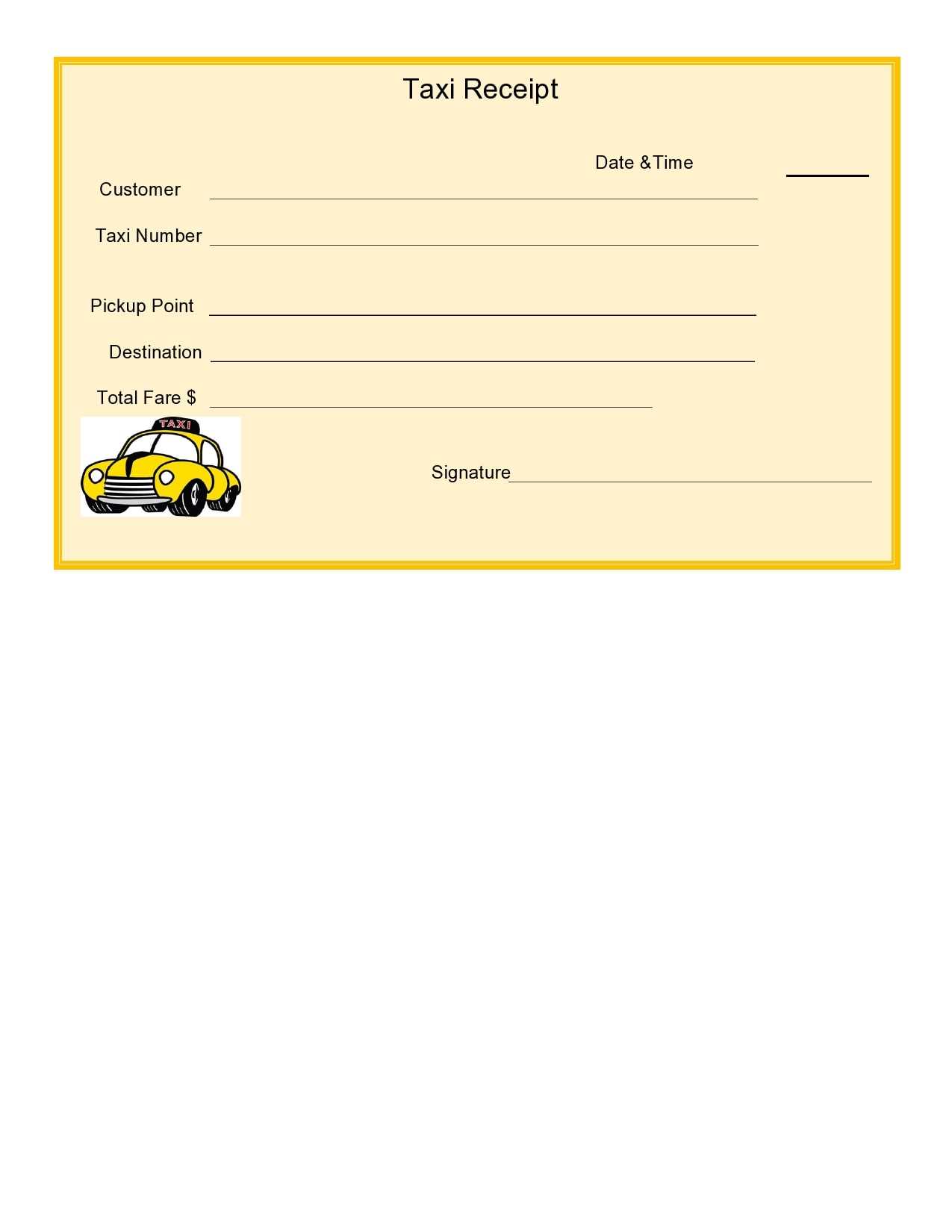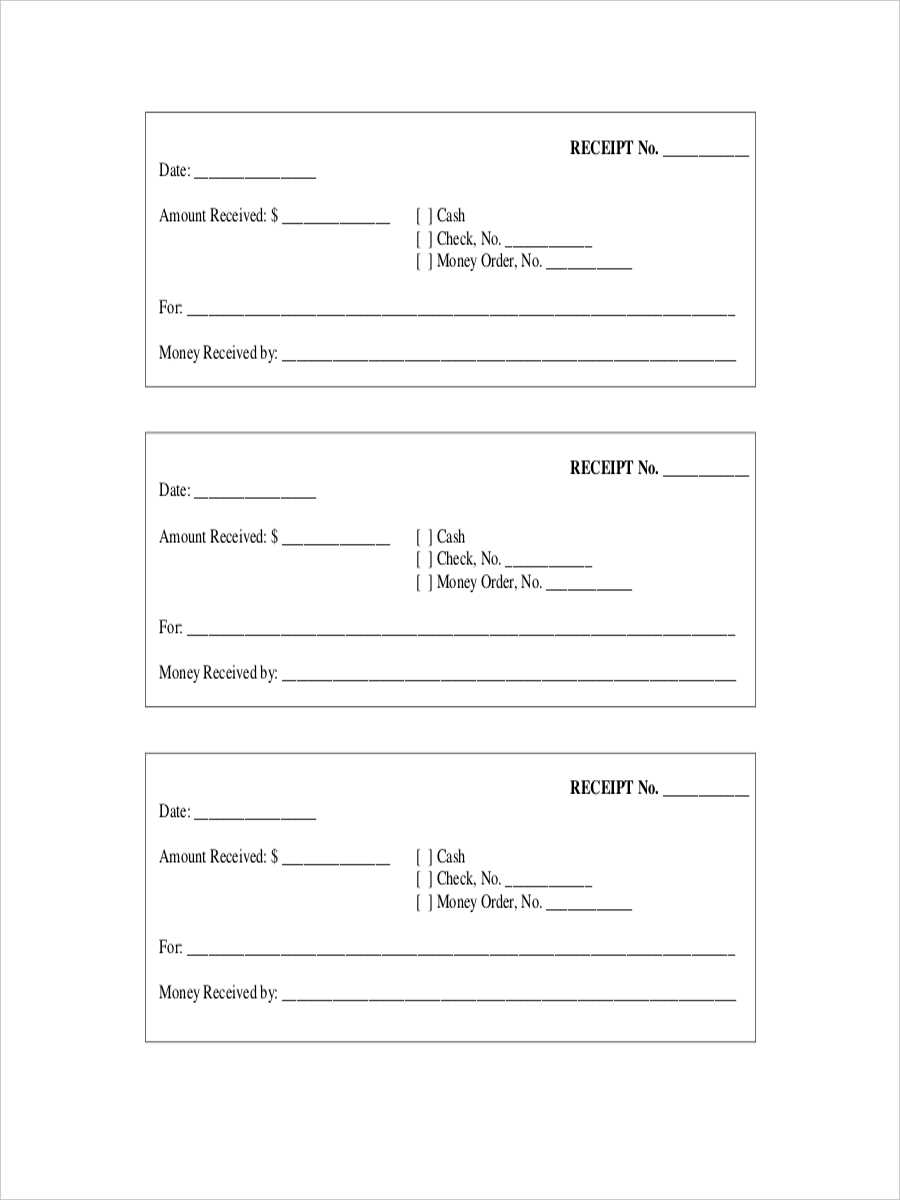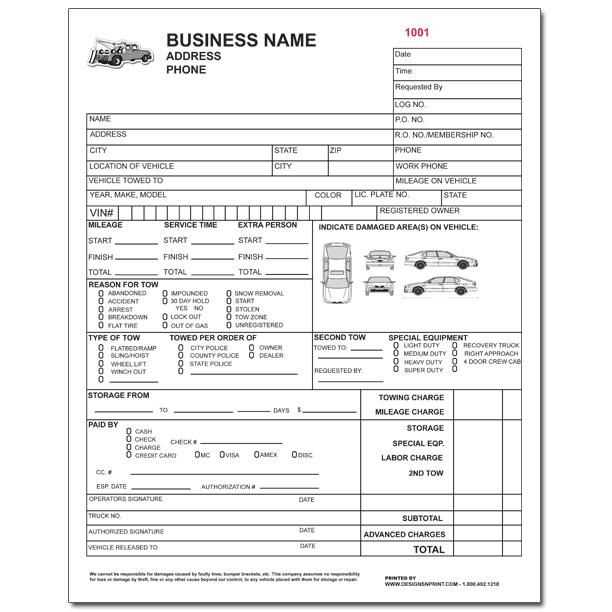
Download a customizable purchase receipt template in DOCX format to create professional, detailed receipts for transactions. This template offers fields for all the necessary details like buyer and seller information, itemized lists, prices, and taxes, ensuring you capture everything required in a straightforward format.
The DOCX format is compatible with most word processors, allowing you to edit, save, and print the receipt with ease. It’s an excellent choice for small businesses, freelancers, or anyone needing to provide proof of purchase in a simple, organized manner.
To make the most out of this template, fill in the required details such as date, product descriptions, quantities, and pricing before saving or printing. You can modify the template to fit your specific needs by adjusting font sizes, colors, or adding your logo for a personalized touch.
Purchase Receipt Blank Template DOCX
Use a DOCX template for purchase receipts to simplify documentation. This format allows easy customization and quick generation of receipts for both personal and business transactions. A well-designed template ensures all key details are included without clutter.
Key Elements of a Purchase Receipt
The template should contain fields for the buyer’s name, seller’s information, date of purchase, item details (name, quantity, price), total amount, and payment method. Always include a unique receipt number for record-keeping and potential returns.
Customizing Your Template
Customize the template to suit your specific needs by adjusting fonts, logos, and layout. Keep the design simple and easy to read. Adding your business logo and contact details can also help personalize receipts for your customers.
How to Create a Customizable Purchase Receipt Template
To create a customizable purchase receipt template, follow these steps:
- Choose the Right Format
Use a DOCX file to allow easy customization with text editors like Microsoft Word or Google Docs. DOCX provides flexibility for adding and editing fields quickly.
- Include Essential Sections
Your template should cover the basic details of a transaction. Include:
- Store Name and Logo
- Receipt Number
- Date of Purchase
- Item Description
- Quantity and Price
- Subtotal, Tax, and Total Amount
- Payment Method
- Customer Information (optional)
- Leave Space for Custom Fields
Designate placeholders for custom information that might vary with each purchase. For instance, allow space for discounts, special offers, or additional notes to the customer.
- Use Tables for Organization
Create neat rows and columns to display item descriptions, prices, and totals clearly. Tables help in keeping the receipt structured and easy to read.
- Make the Template Editable
Ensure that the text areas, such as item names or amounts, are easily editable. Use blank text boxes or fields where details can be typed in without altering the layout.
- Maintain a Clean Layout
Use a simple, clean design with ample white space. Avoid cluttering the template with unnecessary graphics or text. Focus on readability and the easy addition of new data.
- Save as a Template
After finalizing your design, save the document as a template so it can be reused for future transactions. This way, you can quickly generate receipts without starting from scratch.
This approach helps you create a professional and functional purchase receipt template that can be tailored to your specific business needs.
Key Elements to Include in Your Purchase Receipt
A well-structured purchase receipt should include the following key details to ensure clarity and avoid confusion:
1. Date and Time of Purchase
Specify the exact date and time of the transaction. This helps both the seller and buyer keep track of purchases and provides a clear reference in case of returns or disputes.
2. Seller Information

Include the seller’s name, business name, address, and contact details. This information gives legitimacy to the receipt and allows the buyer to reach out if necessary.
3. Itemized List of Products or Services
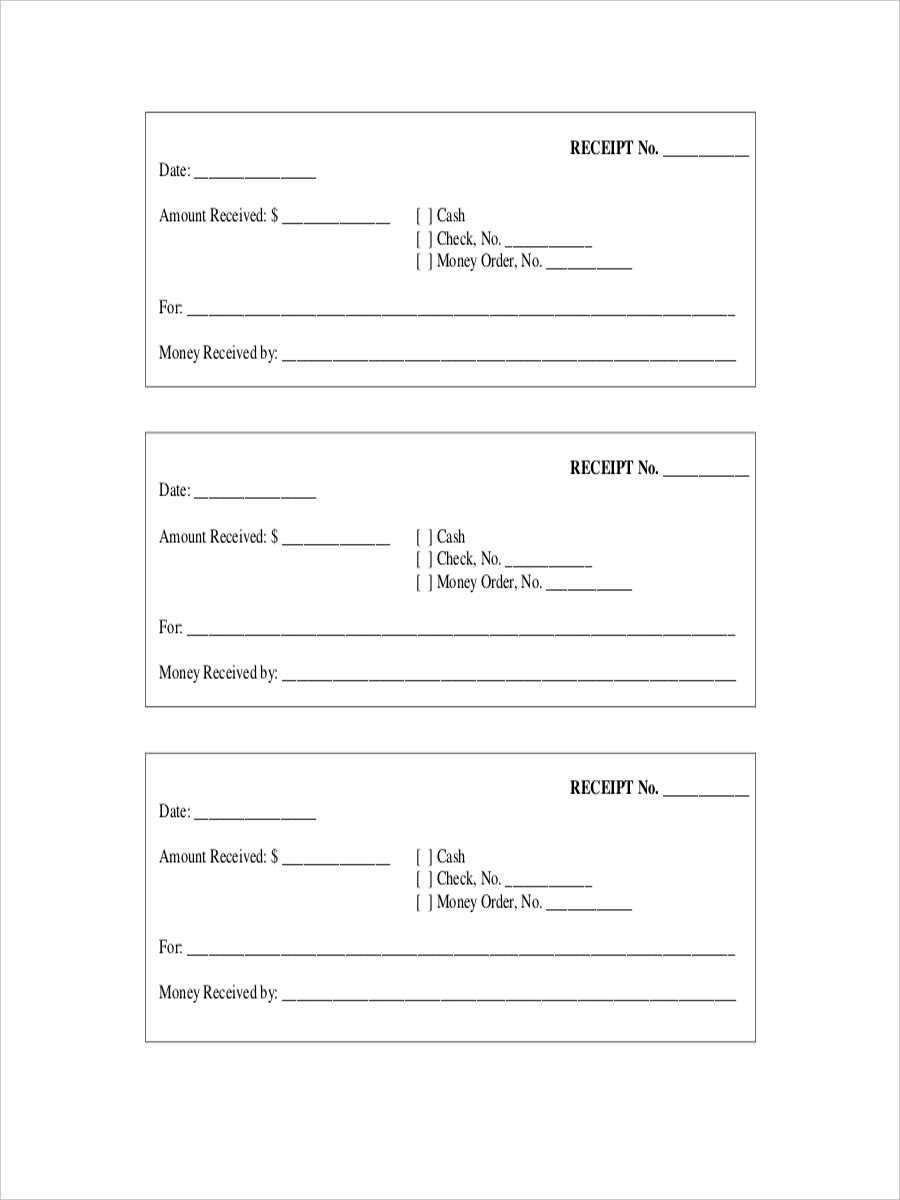
Provide a detailed list of items or services purchased. Include descriptions, quantities, unit prices, and total amounts for each item. This transparency avoids any misunderstandings about what was bought.
4. Total Amount Paid
The total amount, including any taxes, discounts, and additional fees, should be clearly stated. This gives both parties a straightforward record of the transaction amount.
5. Payment Method
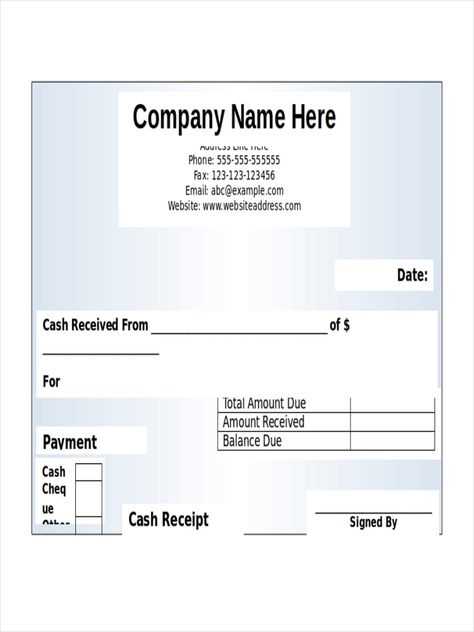
Record how the purchase was paid–whether by cash, credit card, online payment, or any other method. This adds an extra layer of verification to the transaction.
6. Transaction or Receipt Number
Assign a unique number to the receipt for easier reference in case of returns or exchanges. It also makes tracking and organizing receipts more efficient for both buyers and sellers.
How to Modify the DOCX Template for Different Businesses
Adjust the template by updating the header with your business name, logo, and contact details. Include your specific business information, such as tax ID or registration number, as required by local regulations. For retail businesses, add sections for product details, quantities, and prices. Service-based businesses should incorporate areas for service description, hourly rates, and time spent.
Customize the payment section according to your billing structure. If your business uses deposits or installment payments, include separate lines for these. For businesses offering discounts or promotional offers, add a dedicated line to reflect any applied discounts or special offers.
Ensure that the footer includes your business’s return policy, terms of service, or any other relevant legal information. Modify the font styles and layout to match your brand’s aesthetic. Keep the document layout clean, organized, and easy to read for clients.
If your business operates internationally, consider adding multiple currency options or space for exchange rates. Additionally, for businesses with multiple locations, include a dropdown list or field to specify the branch or location of the sale or service provided.
